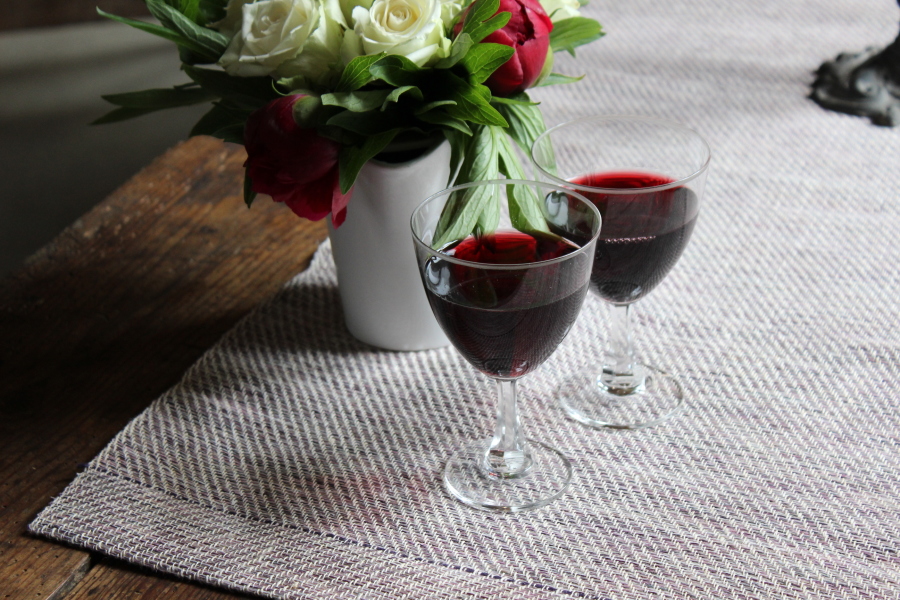Plastic Fabrication 101: Everything You Need to Know
From bottles and food packaging to sporting goods and everyday household items, as well as complex parts used in construction, electronics, medical equipment, and machinery, plastics have a profound impact on everyday life.
They’re a family of versatile materials made using different fabricating processes that lend the end products favourable properties. Plastics can be strong and hardwearing, light yet durable, or flexible and soft. And they’re produced in high volumes and at low costs, so they’re great substitutes for the materials they’ve come to replace: wood, metals, glass, and rubber.
How Plastics Are Classified
Most plastics come from by-products of oil refining, but there are also organic options that are biodegradable and recyclable. Contrary to what many of us believe, there are hundreds of known plastics. They can be classified into various categories, either by their chemical makeup, the properties they have, how they’re recycled, or how they react when exposed to other substances. According to the chemical structure, the materials can be divided into acrylics, polyesters, silicones, polyurethanes, and halogenated.
Another way to classify these materials is the products in which they appear. This leads to commodity-grade variants such as Polyethylene Terephthalate or simply PET seen in bottles, jars, clothing, cutlery and more, as well as engineering options like Acrylonitrile butadiene styrene (ABS) which is stronger, more durable, and heat resistant so found in items as diverse as pipes, Lego blocks, vacuum cleaners, and car parts.
A similar classification is how the materials react to heat after solidifying. This leads to thermosets and thermoplastics. Thermosets strengthen when heated and cannot be remoulded after curing, so generally coincide with engineered variants. On the other hand, thermoplastics can undergo repeated moulding and roughly fall into the category of commodity-grade, encompassing everyday varieties such as polyethylene (PE), polypropylene (PP) and polyvinyl chloride (PVC). Other subgroups include biodegradable plastics and elastomers.
And lastly, before we move to the most common plastics fabrication methods, rarely are materials used in their base form. Here, various additives can be used to improve their mechanical, chemical, or physical properties. Colourants, such as dyes and pigments, make the difference between green and transparent bottles, and flame retardants prevent items such as wire insulation from melting or catching fire. These can be combined for improved properties across the board. The end goal is to get items that are durable, lightweight, environmentally friendly, safe to use, and cheap to make.
Most Common Plastic Manufacturing Processes
There are several processes by which plastics are made:
Injection Moulding
This is a common plastics fabrication process in which both thermosets and thermoplastics are made. It involves heating raw plastic and then injecting it into a mould under high pressure. The process is used to produce high-precision parts, can be fully automated, and for a wide range of shapes and geometries in very high volumes. It is used for food packaging, car parts such as bumpers and interior trim, a variety of electronics products like phone cases and computer housings, as well as specialist industries like aerospace and medical equipment.
Blow Moulding
Blow moulding produces hollow plastic products like bottles, containers, and tanks. It involves heating plastic pellets and then blowing the heated mass into a mould, where the end product assumes its shape by solidifying when cooled. The process is versatile and used to produce simple shapes in high volumes, and products with good durability and resistance to a variety of environmental factors. Bottles in the food and cosmetics industry are made this way, as are parts like fuel tanks, various consumer goods like toys and sporting equipment, and drums, tanks, and containers used to store paint, oil, chemicals, and other fluids.
Extrusion
Where long pieces of plastic with a consistent cross-section, such as pipes, tubes, or sheeting are required, fabricators use extrusion. This too involves raw pellets that are heated to the melting point, then forced through a die under high pressure. The heated mass is then cooled, either with a cooling bath or air stream, resulting in a solid plastic with a defined profile. Products may also be shaped, sized, and finished using pullers, punches, and cutters for the desired end product.
Extrusion produces durable parts in high volumes and with a consistent shape. Examples include plumbing and irrigation pipes and tubes, plastic bags, window frames and doors, cable insulation, and various seals and gaskets found in cars. Pultrusion is a similar production method, where heated fibres are pulled rather than pushed through a die. Products made this way include aircraft structural components, ski poles, rollup door panels and more.
Vacuum Forming
This is one of the oldest plastic fabrication methods. It involves heating a sheet and then wrapping it around a mould. A vacuum is then applied, which draws the sheet into the mould. The end product is then ejected. Vacuum forming is used for products as diverse as shower trays, sandwich boxes, disposable cups, and boat hulls. It uses relatively low pressure and can produce items in medium to high volumes at a very low cost. Thermoforming is essentially the same process but uses lower temperatures and can subject the heated plastic to pressure before it is formed.
Vacuum forming is not to be confused with vacuum casting, which is typically used for high-precision and very detailed product prototypes in very low numbers.
Rotational Moulding
Rotational moulding, or rotomolding, is a processing technology used to make hollow plastic parts. The process involves heating plastic pellets or powder in a cavity mould while it rotates along two perpendicular axes. The material evenly lines the inner mould cavity and solidifies when subjected to cooling. The mould is then removed, and the final product is ejected.
This fabrication method allows for very complex shapes and geometries with consistent wall thickness, though not in the high volumes seen in both blow and injection moulding. Products made this way include car dashboards, furniture, prosthetic limbs, and larger sporting goods such as kayaks and canoes.
Advanced Plastic Fabrication Techniques
Recent developments have led to dozens of advanced production processes, and this has extended the scope of available products. For instance, plastic machining is forming a range of material either manually or with the use of computer-aided tooling. Both thermosets and thermoplastics, as well as elastomers can be machined into different products with high durability and strength, low weight, and resistance to heat, impact, chemicals and corrosion.
Examples include PVC, which is machined into drainage pipes, car interior parts, HVAC ducts and venting (among other products), TPU or thermoplastic polyurethane into sports equipment, power tools parts and footwear, and commonly established materials like Kevlar and Silicone in bulletproof armour and tyres or adhesives and sealants, respectively.
Additive processes, where layers of plastic are added in sequence, have led to processes like 3D printing and the simplified variant known as Fused Deposition Modelling (FDM). These compete with vacuum casting when producing prototypes, and complex components used in industry. Similarly, lithography is required in high-precision parts such as microchips, and plastic welding ensures strength and longevity in housings and mobile phone parts or medical equipment.

Which Fabrication Process Should You Choose?
The type of plastic fabrication process necessary for your needs depends on a few factors:
- Product properties and quality – The required product properties, such as complex design features or outstanding strength or resistance to environmental factors will determine to a large extent which process is used.
- Materials – Specific plastics, like thermoplastics are more pliable than, say, complex thermoset variants and can be subjected to several production processes. Both types though may undergo a combination of fabrication types and finishing treatments to get the intended result.
- Production times and overall costs – The different moulding processes are generally low-cost, involving simple tooling and relatively fast production times. More advanced methods require higher precision, higher heat, and adequate tooling to produce plastics in lower volumes and at a slower rate. This also means higher production costs.






